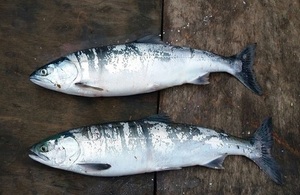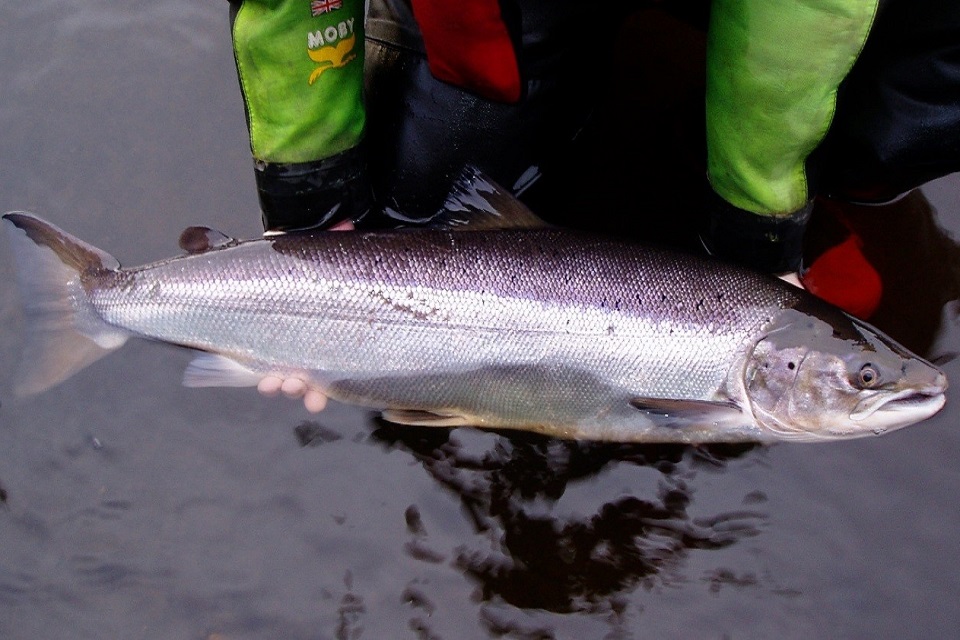Anglers urged to report pink salmon catches
The Environment Agency is urging anglers to report unusual catches after several pink salmon sightings in North East waters.

Recently a non-native pink salmon was caught in the River Tyne at Wylam and around 100 are believed to have been caught in waters off the North East and Yorkshire coast in recent months.
Further afield, anglers have confirmed catches in a number of rivers in Scotland and in western Ireland.
The Environment Agency is collecting vital data about sightings so officers can monitor the situation to determine any impact on the local environment and species. Data collected will help the Environment Agency, fisheries researchers and other organisations with an interest in fisheries management in the United Kingdom, Ireland and Scandinavia, better understand how to manage the arrival of pink salmon in the UK .
Unusual find
Jonathan Shelley from the Environment said:
It is quite unusual to find pink salmon in our waters and we’re keen anglers know we’re aware of the sightings and we’re investigating.
I’d urge anglers to contact us if they see any non-native salmon in the waters, with a date, location and if possible a photograph, which would really help us identify them and build up a picture of where they are.
We are monitoring the situation and early indications is that there is no major impact on wild fish stocks at this point in time.

The non-native pink salmon

The native Atlantic salmon
Advice for anglers
Anglers holding a salmon licence who catch pink salmon are asked not to return the fish to the water. Instead they are asked to dispatch of them humanely and, if possible, make the fish available to the Environment Agency for inspection and further analysis.
If this is not possible, they are asked to send a sample of the scales. Trout and coarse anglers are asked to call the Environment Agency on 0800 80 70 60, if unsuccessful please return the salmon.
Pink salmon (Onchorhyncus gorbuscha), also known as humpback salmon, originate from the northern Pacific Ocean.
Millions were stocked in the White Sea region of north Russia from the 1950’s until 2003 to develop a net fishery. As a result, some have established self-sustaining populations in rivers in Russia, Finland and northern Norway. This is the most likely origin of the pink salmon recently caught in the UK and Ireland.
Anyone with information is asked to contact the North East environmental monitoring team on 0800 807060 or email jonathan.shelley@environment-agency.gov.uk
How to identify a pink salmon:
- Large black oval spots on the tail
- Bluish back, silver flanks and white belly
- Much smaller scales than an Atlantic salmon of the same size
- Very dark mouth and tongue
- 40-60cm in length
- Breeding males develop a distinctive hump
In contrast, the native Atlantic salmon typically:
- Have no spots on the tail
- Usually larger (up 110cm in length)
- Pale mouth and tongue
- Larger scales
- One or two black spots on the gill cover
- Spots on the back above the lateral line
- Thicker base of tail than a pink salmon